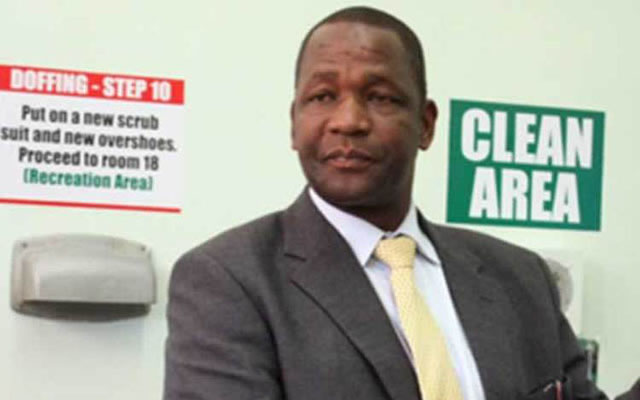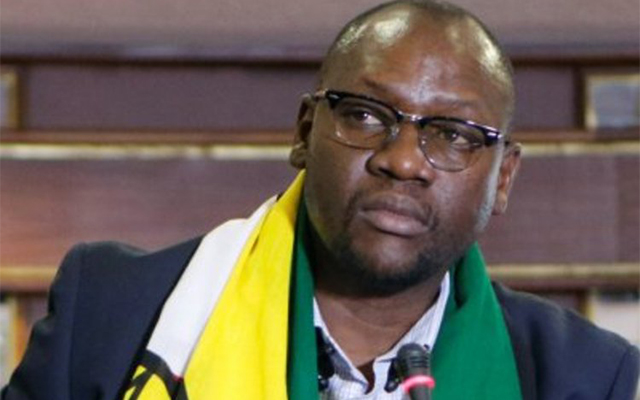‘Council hospitals, clinics burdening ratepayers’

Innocent Ruwende Senior Reporter
Harare City Council hospitals and clinics are a major funding burden for ratepayers who are footing 84 percent of the Health Services Department’s gross revenue expenditure of more than $28 million.
The city, however, feels the figure might have been lower if Government was meeting its financial obligations of 50 percent of the Health Services Department’s total expenditure.
The health facilities charge unprofitable fees for services rendered. The department’s annual report states that operating expenses cost $28 691 527, with the major expenditure items being salaries and allowances, drugs and dressings, security and conferences. “As in previous years, the department’s deficit was funded from the rates account as the realised revenue of $4 598 311 fell far short of the already mentioned expenditure.
“The 1976 Public Health Agreement, which obligates Government to meet 50 percent of the recurrent expenditure for all council clinics and the two infectious diseases hospitals was not met in 2016,” said Health Services director Dr Prosper Chonzi in the report. “Overall, the city continued to offer services under difficult conditions due to limited resources. This affected the smooth running of the department. The perennial shortage of funds resulted in limited scope of services being offered.”
Contributing to the report, Health Services manager Mr Richard Chigerwe said funding remained a major challenge, hence alternative sources of funding like the community-based health insurance scheme need to be explored. “The department also needs to take advantage of its competitive advantage and its strong and diverse infrastructure as a means to tap in new financing avenues.
“Other options like process re-engineering and cost recovery strategies, especially on drugs, are alternative sources of funding that have been implemented in 2016 as a way of complementing the current financing sources and are proving to be a success,” he said. “The city’s X-ray department is a cash cow needing fattening. In 2016, we commissioned a digital X-ray machine with latest PACS system and if fully utilised, will generate a lot of revenue. “The X-ray and imaging section is now offering ultra sound scans at Mabvuku Polyclinic that the city was not offering of late.”
He said the total income for the department has drastically dropped by 25 percent during the year from $5 988 514 in 2015 to $4 513 787 in 2016. Business licensing, which has been traditionally the major source of income for the department, dropped by 40 percent from $2 741 700 in 2015 to $ 1 657 787 in 2016.
Mr Chigerwe said the department is labour intensive and is always operating with inadequate staff who are funded from rates, hence salaries and allowances are the biggest cost item at 88 percent of total expenditure.
“This high percentage for employment cost is also attributable to suppressed expenditure for other general expenses which are easier to vary to suit current liquidity constraints. This is a slight increase from the previous year, where salaries were 78 percent of total expenditure. Despite being one of the biggest departments in terms of expenditure, the department’s income as a percentage of expenditure is 16 percent. This places a heavy burden on the rates account which meets the deficit of 84 percent,” he said.







Comments